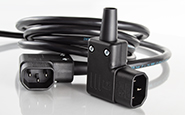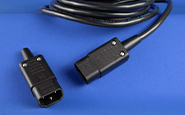Control Incoming Power with Switches
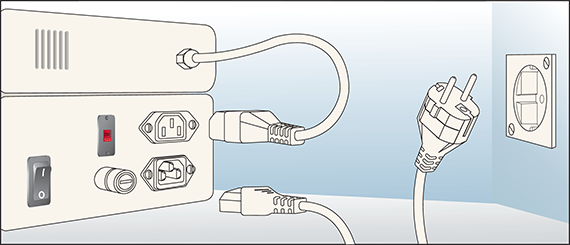
All switches, regardless of the look or size, operate in the same manner. A switch is a mechanical device used to open and close a circuit. Opening a circuit (turns a device OFF) is achieved by breaking a connection in the circuit. This stops current flow. Closing the circuit (turns a device ON) allows the current to flow again. A switch may be used wherever incoming power may need to be controlled. This could range anywhere from a vacuum cleaner to a life-support machine.
Components
Switches have only a few parts. These include: the actuator, the housing, the contacts, and the terminals.
Actuator
A mechanical component used to manually turn a circuit on and off. A switch can come in a variety of styles; for example: rocker, toggle, push button, slide, knife, etc. Interpower uses a variety of these styles: power switches are a rocker design; the voltage selector switch is a slide style; and push button and rocker style circuit breakers are used on the APS (Accessory Power Strip).
Housing
The housing is the outside encasement that holds everything together. No matter what type of switch is used, there will be some type of housing. A common material used on housings is a polyamide 6/6 thermoplastic.
Contacts
The contacts are inside the housing. They make contact with each other when the switch is used. Contacts are usually constructed with silver or a sliver/copper alloy. This is due to the fact that silver is a great conductor.
Terminals
Terminals on a switch are just like the terminals on an inlet or outlet. They make the connection between the switch and the equipment’s internal wiring. They can be either a quick disconnect, solder tab, or screw style. Terminals can be plated (silver, nickel, or bright tin) or non-plated.
Explanations of Wiring Terminology
Single-Pole Single-Throw
SPST means that it controls one wire (pole) and it makes one connection (a throw). This is a basic on/off switch, but a throw only counts when a connection is made. “Off” is not considered a “throw” and only one wire has to be switched.
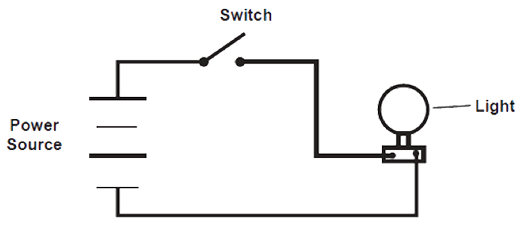
Single-Pole Double-Throw
SPDT switches are used when there are two “live” lines to switch but can only turn on or off. These switches are not used much and are usually found in a 240V application.
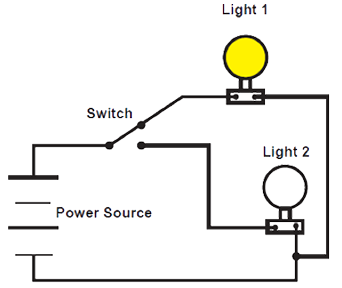
Double-Pole Single-Throw
DPST switches are most commonly used in equipment. They can be found in a home computer or a large piece of manufacturing equipment.
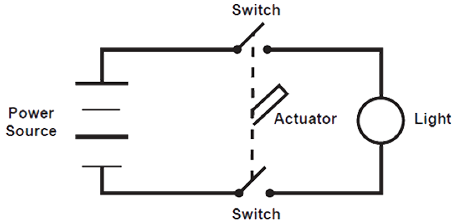
Double-Pole Double-Throw
A simple way to think of this switch is imagining two SPDT switches side-by-side with the “handles” attached to each other. Perhaps the most popular use for this switch is phase or polarity reversal.
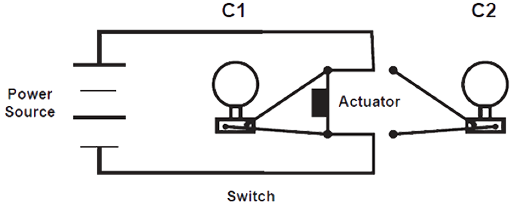
Parallel versus Series
Parallel wiring means that there are two switches to control one item, but they do not both have to be flipped at the same time. This would be like one doorbell with a button at the front and back doors.
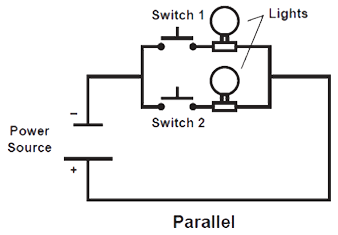
Wired in series means both switches must be closed in order for the circuit to be complete, such as in a magnetic alarm system.
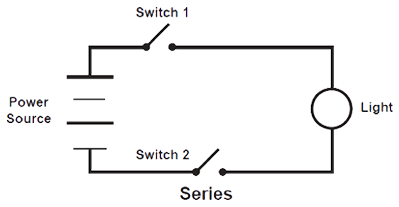
Interpower Switches
Interpower switches are double-pole, single-throw which allow simultaneous switching of both current carrying conductors as required in most international standards and accepted by North American standard agencies.
Additional Resources
For more information on switches offered by Interpower, see Switches and the Featured Product page.
Interpower offers free technical support. For further assistance, please see Interpower’s contact information below.


